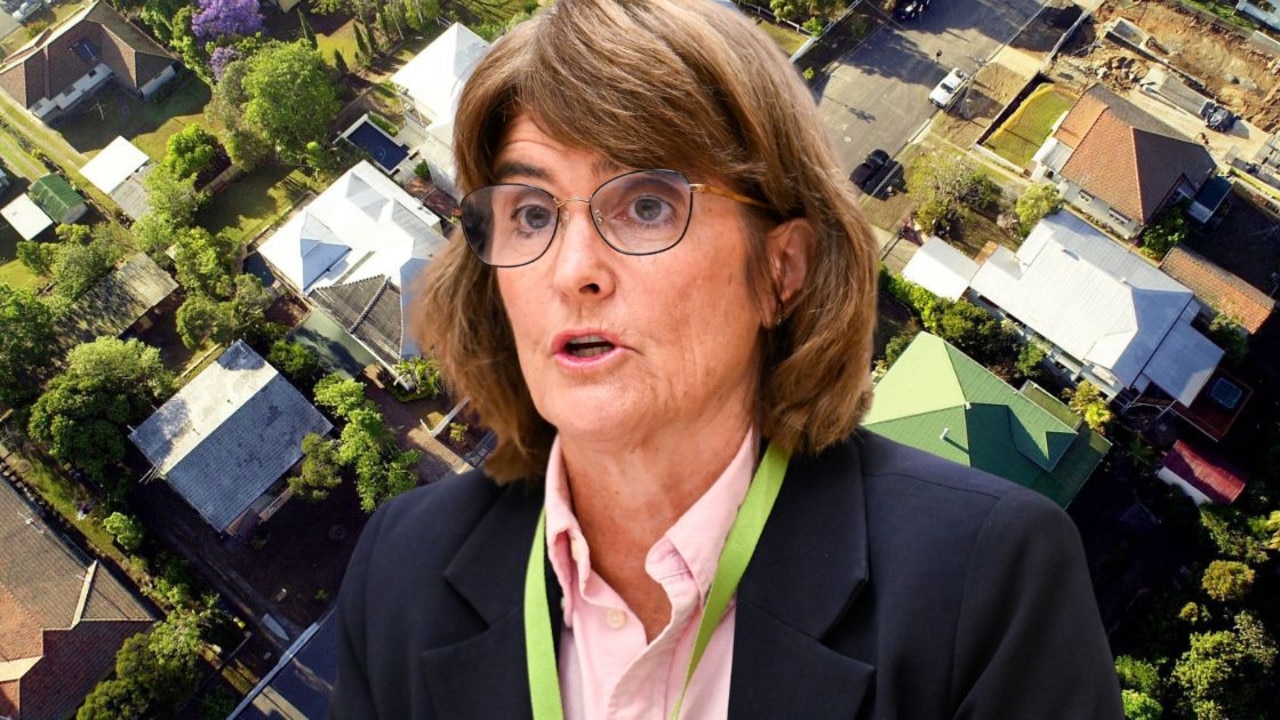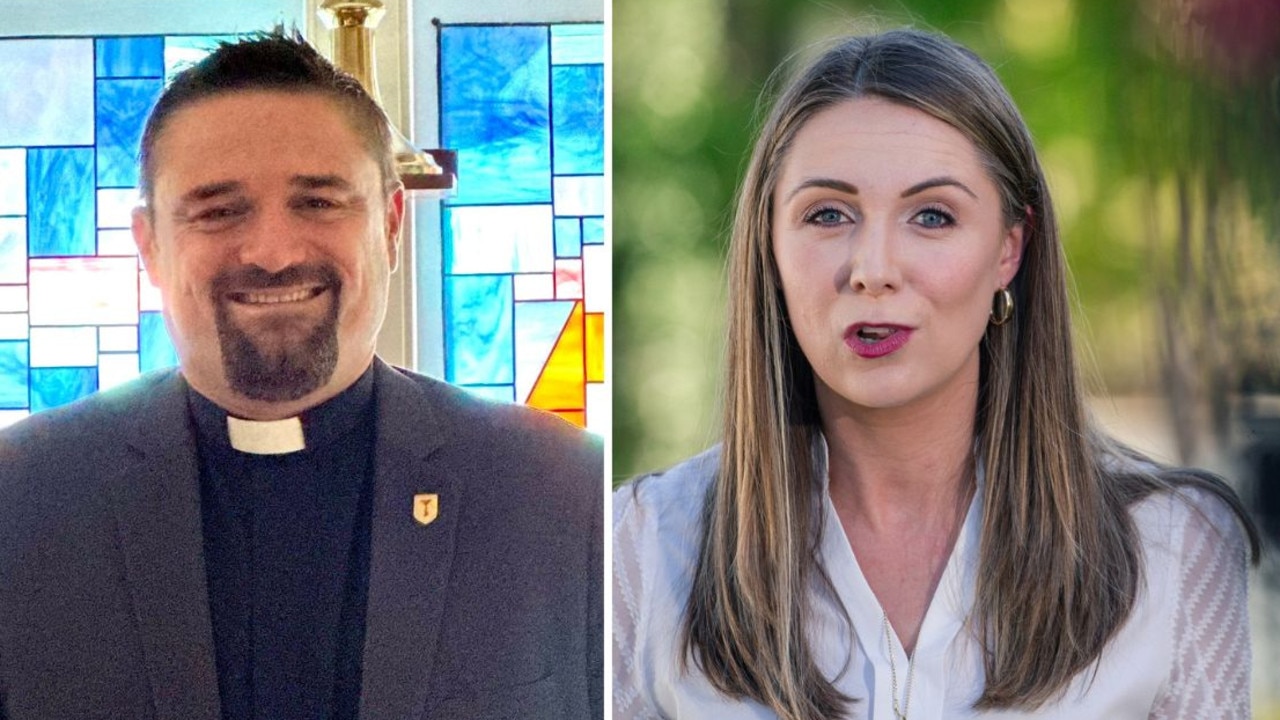Way We Were: Endeavour’s $2 ticket to the great Australian dream
Before the prize home in the suburbs it was all about acreage, a Monaro, and even livestock in this iconic charitable art union.
CM Insight
Don't miss out on the headlines from CM Insight. Followed categories will be added to My News.
Cattle grazing properties, a Holden Monaro, and even a herd of prize Brahmans once lured ticket buyers to the Endeavour Foundation art unions.
The lottery was a $2 ticket to the great Australian dream, and from the 1960s to the early 1980s, that dream was freehold acreage.
Farm equipment, sheds and dams rated more highly than a home with a swimming pool and tennis court.
The taste in real estate dreams has changed considerably during the past six decades, and so has the terminology – until 1982, the organisation was the Queensland Sub-Normal Children’s Welfare Association.
By either name, Endeavour celebrates its 70th anniversary this year.
The baby boom which followed the return of soldiers from the World War II battlefields, had seen classrooms filled to overflowing – and the children with an intellectual disability were being left behind.
In response, a group of parents got together in March 1951, to “further the interests of seriously retarded children”.
Provisional committee secretary, Mrs Pribbernow said many of the children could be taught to do simple unskilled work under supervision if they received the right training from an early age.
Three months later, University of Queensland Professor of Education Fred Schonell spoke at a public meeting and officially launched the Queensland division of the Sub-Normal Children’s Welfare Association.

Aims were to establish farm centres for the care of sub-normal children when their parents died or when home conditions were not conducive to their welfare; to recognise sub-normal children as distinct from the insane; and to found a financial trust to safeguard children’s assets.
Fundraisers swung into action to build special schools and establish farms and occupation centres.
The Courier-Mail stepped up and raised thousands of pounds with its weekly Find the Ball competition during the 1950s.
Schonell told the association’s annual meeting in August 1954 that there had been a marked improvement in the social behaviour of sub-normal children attending the Coorparoo centre.
Parliament was advised that there were about 1500 children throughout Queensland aged five to 15 years with an IQ of 50 or lower.
Premier Vince Gair announced in October 1954 that the government would build a hostel at Yeronga to cater for 50 day pupils and 50 boarders from outside of Brisbane.
It was almost three decades later that the organisation’s name was changed to the Endeavour Foundation with the catchphrase “community care for intellectually handicapped persons” to give greater dignity to the client group and better reflect its services.
“At first people considered intellectually handicapped persons would be children all their lives and the name would be appropriate long term,” administrator Mrs J.R. Hoffman said.
“In 1982, we care for intellectually handicapped persons from birth, right through.
“We even have policy which governs retirement and geriatric stage of life.”
Grand art unions became the group’s main fundraiser in 1966, and for the next two decades, vast cattle properties drew in punters hoping to claim a slice of southeast Queensland.

The prize package grew from $57,000 in the 1960s, to $211,00 in the 1980s and $1.4 million for the latest, No. 435, in Maleny.
The elegant custom-built house in Tallowood St is a sprawling mansion complete with wine room, butler’s pantry, pool and cabana.
It’s a far cry from 1968, when first prize was the 1018ha freehold Hereford stud Weeroona, 200km northeast of Roma.
It included a man’s quarters, engine room, fuel shed, stockyards, loading ramp, branding cradle and yards for house cows.
Second prize was a Holden Kingswood valued at $2527.70.
Ticket holders in the 18th art union in 1970 dreamt of winning Claddagh, a 506ha cattle property with two creeks and three dams close to the saleyards and abattoirs at Murgon.
In 1972, Glory Hill, a prime 89ha on the Mary River near Gympie offered purebred Brahman cattle as part of the prize package, as well as two tractors in good condition.
A 23ha cattle grazing property with frontage to the Logan River, stable, paddocks and hay shed was still the drawcard in 1980, but by 1985, the lure had changed to just 4ha and a ranch-style homestead.
Forget cattle, Tamalee Homestead at Pimpama had a large in-ground pool, five roller-door garage, all-weather tennis court with floodlighting and a pony for the kids.
The promise of a new car also changed down the decades, from a Holden Gemini or Statesman de Ville to a Jaguar.
But the purpose of the lottery remains unchanged and the chance to win the great Australian dream continues to provide employment, accommodation support, learning and life skills to those with a disability.
More Coverage





